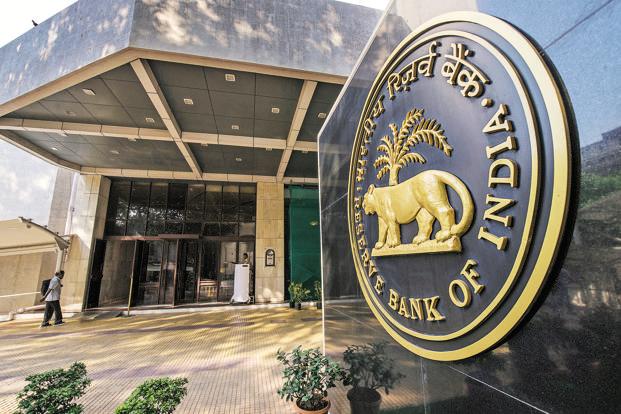MCLR is basically calculated on the basis of incremental cost of funds, making it a more reliable benchmark rate as compared to the base rate , usually calculated by taking into account average cost of funds.
According to data released by the RBI , the weighted average lending rates of scheduled commercial banks in India was at 9.41 percent in December 2017, as compared with a one year MCLR of 8.3 percent.
The base rate was introduced in 2010 as a replacement to the benchmark prime lending rate, which was prevalent till then. According to RBI’s definition , the base rate would take into account the average cost of funds , negative carry on mandatory ratios to be maintained by the bank , the average return on net worth and unallocatable overhead cost.
Lenders were asked to use the base rate as the minimum lending rate they could charge a customer and then add a risk premium to it , depending on the quality of customer they were dealing with.
- Now in banking sectors bankers will not depend on the inertia of borrowers but will be nimble and ready for rewriting of loans on a need basis.

